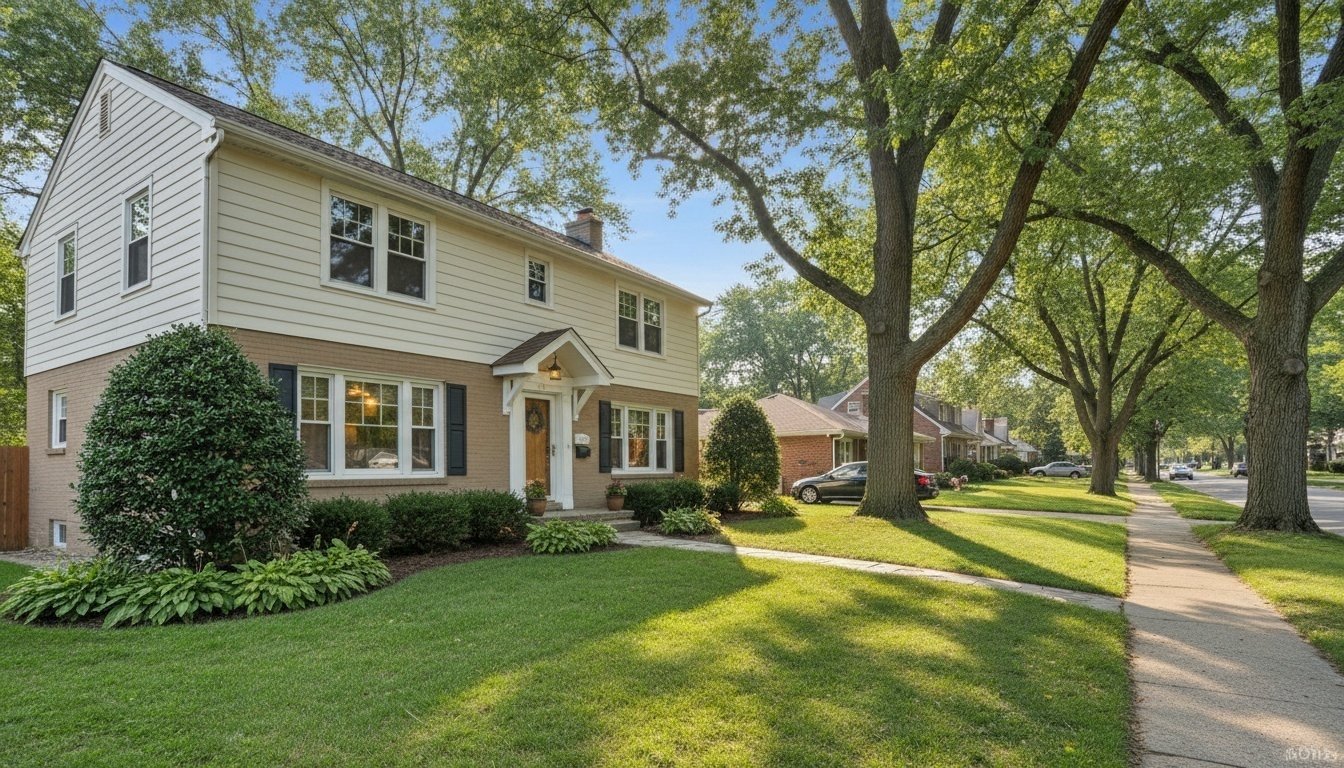Home prices are finally cooling in parts of the U.S.
Thirteen of the 50 largest metro areas posted year-over-year declines last month. Redfin flags six of them with drops greater than 1 percent. The steepest falls appear in Florida and Texas, two states that saw outsized pandemic-era home price booms.
At the same time, on a national scale, prices are still modestly higher than a year ago—just at the slowest clip since Redfin began collecting data in 2012. The median U.S. home in July was up 2.9 percent year over year. This pace is weaker than it's been in more than a decade.
Cities Experiencing the Biggest Corrections
After years of double-digit growth, some of America’s hottest housing markets are finally cooling. Cities that saw bidding wars and sight-unseen sales during the pandemic are now watching prices retreat. The sharpest declines are concentrated in Texas and Florida - two states that soared when remote work took off but are now feeling the hangover of over-inflated demand.
Here are the six metro areas where prices declined by more than 1 percent year over year:
| Metro | State | Annual Change |
| Austin | Texas | -4.47% |
| Dallas | Texas | -2.55% |
| Oakland | California | -1.81% |
| San Antonio | Texas | -1.03% |
| Tampa | Florida | -4.20% |
| West Palm Beach | Florida | -1.59% |
Source: Redfin
Main takeaways:
- Texas leads, with three metros in steep decline.
- Florida is also one to watch, with two metros deep in correction.
- California (Oakland) is the outlier outside the Sun Belt pattern.
Why Prices Are Dropping (Especially in FL and TX)
The correction taking shape in Florida and Texas isn’t random but the result of classic supply and demand forces finally catching up to runaway prices. As homes sit longer and listings pile up, sellers are being forced to adjust. Add in fading migration trends, rising construction, and local out-migration, and the once-unstoppable Sun Belt markets are now leading the nation in price drops.
Here are the main reasons these states may be seeing declines:
1. Oversupply + slowing demand
- Homes are staying longer on market. Buyers are backing away.
- According to Newsweek, metros like West Palm Beach saw homes under contract took 93 days, an incredibly long time in real estate.
- Redfin sees a growing imbalance: sellers now outnumber buyers.
- Redfin forecasts the median U.S. sale price could fall ~1 percent by year end.
2. Pandemic-driven migration is cooling
- Florida and Texas were key beneficiaries of the remote-work move wave.
- Once that surge faded, demand softened.
- Locals priced out of the market have less room to absorb further increases, tightening demand.
3. New construction catching up
- These states (especially Texas, Florida) added many homes during the boom.
- That inventory is now competing for fewer buyers
Bigger Picture: It’s Not Bleeding Everywhere
Despite the attention on falling prices, most of the U.S. housing market is holding steady. In many metros, prices are still inching up - just at a slower pace than before. Overall, there seems to be more of a long-overdue rebalancing after years of runaway growth in overheated markets.
The South and West are seeing the sharpest cool-downs, largely due to higher inventory and a flood of new construction. Meanwhile, the Midwest and Northeast continue to experience tight supply and high prices. In those regions, limited new building and restricted zoning keep the pressure on buyers, even as the national trend softens.
According to the National Association of REALTORS, about three-quarters of U.S. metros still posted annual price gains in the second quarter of 2025. This is down slightly from earlier in the year, but it is proof that many areas remain resilient.
What This Means for Buyers, Sellers, and States
For buyers, the shift brings a glimmer of hope after years of frustration. Markets that once felt impossible to enter are finally showing signs of flexibility. In metros like Austin and Tampa, more listings, longer market times, and motivated sellers are creating opportunities to negotiate better prices or concessions. It’s not a buyer’s market yet, but patience and preparation are starting to pay off.
For sellers, this moment requires a mindset shift. The days of multiple offers within hours are gone in many areas. Pricing a home realistically and being willing to adjust have become critical. Sellers who stage effectively, market creatively, and stay open to negotiation stand the best chance of closing quickly in a cooling environment.
For states, the correction exposes the broader challenges of managing rapid growth. Florida and Texas must now balance booming construction pipelines with softer demand, while regions like the Midwest and Northeast wrestle with chronic undersupply. Local policy decisions on zoning, taxes, and infrastructure will shape how each market weathers the next phase of the cycle.
Closing Thoughts
The latest housing data paints a picture of a market finally catching its breath. After years of runaway growth fueled by low rates and pandemic migration, prices are adjusting to a more balanced reality. While Florida and Texas lead the slide, most of the country remains stable -proof that the market is cooling, not collapsing. For buyers, sellers, and policymakers alike, this is a reset worth watching closely.


